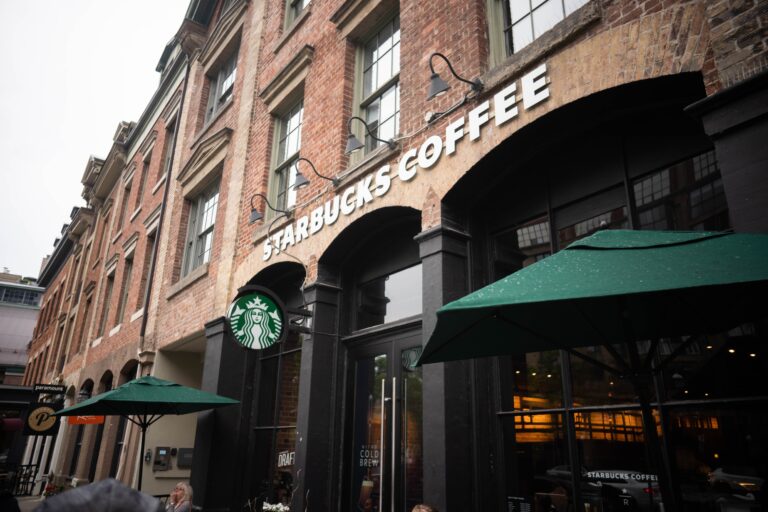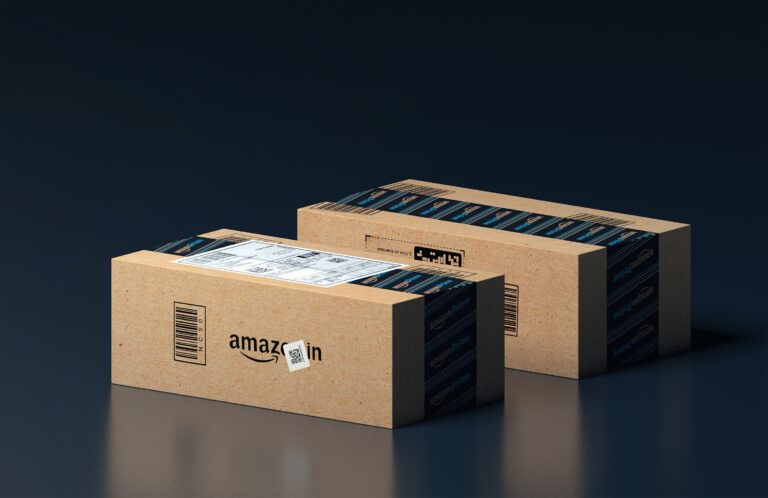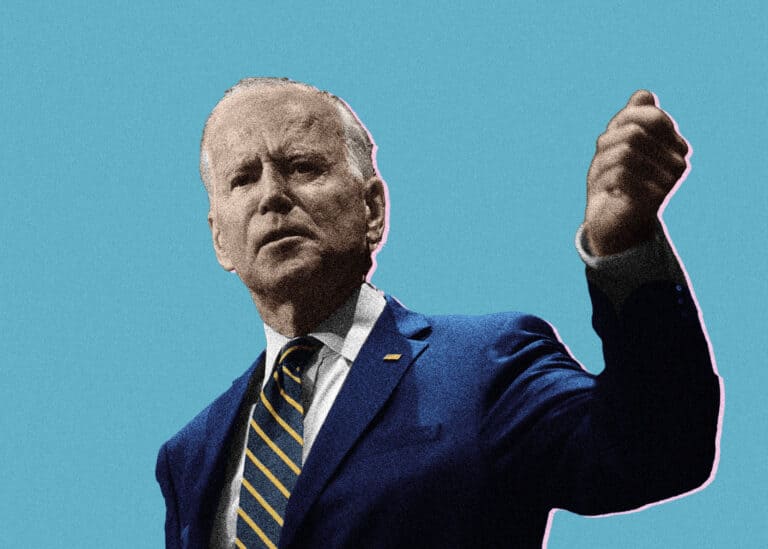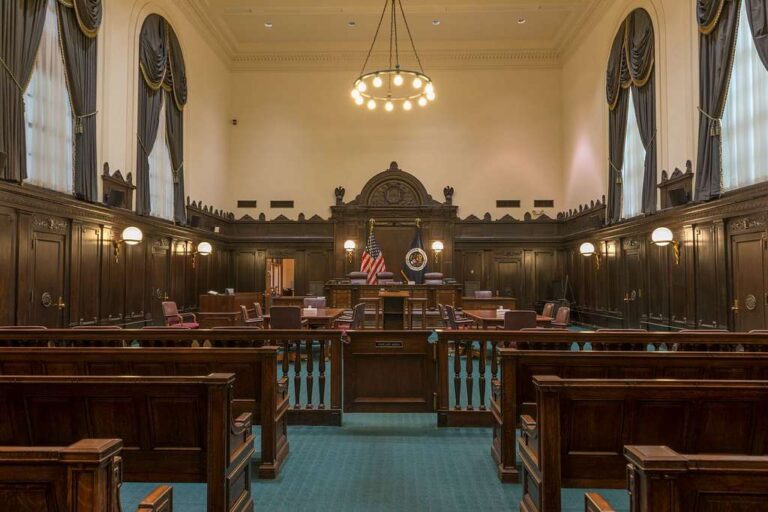
Kevin Vazquez is a staff attorney at the International Brotherhood of Teamsters. He graduated from Harvard Law School in 2023. The opinions he expresses on this blog are his own and should not be attributed to the IBT.
This post is the first installment of a new OnLabor feature that will update readers on union developments at Amazon.
Last Friday, ballots were sent — for the second time — to more than 6,000 Amazon warehouse workers in Bessemer, Alabama as the rerun election officially commences. The workers, whose ballots are due on March 28, have a second opportunity to decide if they want to unionize with the Retail Wholesale and Department Store Union (RDWSU) after the NLRB determined that Amazon committed an unfair labor practice during the prior election. Specifically, the agency found that Amazon interfered with its employees’ exercise of their Section 7 rights under the NLRA in violation of Section 8(a)(1) by installing a mailbox outside the warehouse’s main entrance and improperly polling employees’ support for the union during mandatory meetings. Although the possibility of union success in rerun elections is generally remote, there are numerous factors militating in the RWDSU’s favor. There is a high turnover rate in the Bessemer facility — nearly 50 percent of the 6,100 workers eligible to vote did not vote last year. Typically, high turnover rates hamper union organizing, but where the union suffered a heavy loss in the first election, such as here, employee turnover could actually prove beneficial, particularly in a campaign as visible as the Bessemer effort has been. Moreover, following Amazon’s settlement with the NLRB in December, its workers are more aware of their collective rights and have more access to its facilities for organizing than before. Still, no matter the ultimate outcome, the Bessemer drive is merely one of several unionization efforts currently unfolding in Amazon facilities nationwide.
The December settlement between Amazon and the NLRB, to begin with, could provide a critical foothold for future organizing. Amazon signed the agreement following sustained agency pressure in the face of six ULP complaints against it: three in Chicago and three in New York. It requires that Amazon notify all employees who worked in one of its warehouses between March 22 and the date of the settlement — more than 750,000 workers in total – of their protected rights to concerted action under the NLRA. It also requires that the company provide workers with greater flexibility to organize in its facilities — ending, for example, the “15-minute rule,” a policy that prevented workers from remaining in non-work areas for more than 15 minutes after ending their shifts, and pledging not to threaten workers for engaging in union activity during non-work time. In addition, the settlement permits the NLRB to bypass the administrative hearing process and more quickly hold Amazon liable if it finds that the company violated the agreement. The remarkable national settlement, though far from transformative, is an unprecedented step forward that has provided new possibilities for organizing in Amazon’s facilities.
Beyond Bessemer, the most visible Amazon organizing drives have been spearheaded by the Amazon Labor Union (ALU), a fledgling independent union created by former and current Amazon workers, in New York City. Last December, the ALU refiled its petition with the NLRB for an election at a Staten Island warehouse, known as JFK8, which employs more than 5,000 workers. The ALU initially filed for an election in multiple Staten Island warehouses in October, but it withdrew the petition the following month after the NLRB determined it had insufficient signatures to proceed (the agency requires that at least 30 percent of workers sign cards or a petition indicating their interest in unionization prior to scheduling an election), and the ALU decided to refocus its efforts solely on the JFK8 warehouse. In January, the NLRB accepted the ALU’s refiled petition and announced that it would move forward with an election. The agency scheduled a hearing for February 16th, after which it will determine a date for the election and other procedural details. This marks only the second time, following Bessemer, that Amazon workers have managed to reach this point in the unionization process.
But the ALU has not stopped there. Last Wednesday, on February 4, it filed a petition to hold an election at a second Staten Island warehouse, known as LDJ5, which was also initially included in the ALU’s since-withdrawn October petition to the NLRB. The warehouse is less than a mile from JFK8, and it is another behemoth, consisting of more than 1,500 workers. Amazon has again voiced skepticism that the union has sufficient signatures to proceed with an election, and the NLRB has not yet made any determination on the petition. Both these efforts have been led by Chris Smalls, a former Amazon employee who was fired in March 2020, after, he claims, he organized a walkout to protest the company’s ineffective COVID precautions (though Amazon disputes this account).
Moreover, in June 2021, the Teamsters — the largest private-sector union in the United States — passed a resolution to create a division of the union exclusively dedicated to organizing Amazon, which it calls an “existential threat” to its members. The resolution, entitled “Building Worker Power at Amazon,” establishes a unified plan to mobilize Teamsters resources to help Amazon’s warehouse workers and delivery drivers organize unions and demand better working conditions. Sean O’Brien, the newly elected insurgent Teamsters president who has vowed to prioritize new member organizing and urged a more aggressive stance towards employers, announced that organizing Amazon is among his top priorities. The Teamsters’ strategy thus far has consisted mostly of local engagement, allying with community groups to challenge Amazon in municipal settings — such as, for example, fighting against state or local tax cuts for the company — and working with city governments to pass resolutions targeting its labor practices, in addition to connecting informally with Amazon workers nationwide. This effort has already started to bear fruit — albeit mostly beyond the country’s borders. The Teamsters has undertaken active organizing drives in at least two Amazon facilities in the U.S. — one in Iowa and one in upstate New York — and it has also launched drives in at least nine of Amazon’s 14 facilities in Canada, where labor laws are much more favorable to worker organizing. The Canadian campaigns will have no formal impact on Amazon’s U.S. facilities or workers, to be sure, but, if successful, they could spark enthusiasm for similar efforts here, potentially becoming a pivotal moment for organized labor in North America. If the Teamsters manage to make serious progress against the seemingly invulnerable giant in Canada, it could inspire American workers and provide a foothold for organizing efforts here.
Amazon is a veritable titan: its market cap is near $1.5 trillion; its profits have more than tripled since the start of the pandemic; and its employment ranks have swollen by more than 750,000 in the same period, putting it on track to soon become the largest private employer in the United States. As the company continues to dominate online retail and expand into new sectors, it has become clear that Amazon’s business model is a harbinger of the future of American employment with which organized labor must reckon. These organizing efforts, taken in isolation, may seem insignificant, but momentum is building, and — as the blaze of union activity presently spreading to Starbucks locations nationwide demonstrates — a single successful union drive can have long-term consequences that reverberate far beyond the walls of one warehouse.










Daily News & Commentary
Start your day with our roundup of the latest labor developments. See all
November 30
In today’s news and commentary, the MSPB issues its first precedential ruling since regaining a quorum; Amazon workers lead strikes and demonstrations in multiple countries; and Starbucks workers expand their indefinite strike to additional locations. Last week, the Merit Systems Protection Board (MSPB) released its first precedential decision in eight months. The MSPB had been […]
November 28
Lawsuit against EEOC for failure to investigate disparate-impact claims dismissed; DHS to end TPS for Haiti; Appeal of Cemex decision in Ninth Circuit may soon resume
November 27
Amazon wins preliminary injunction against New York’s private sector bargaining law; ALJs resume decisions; and the CFPB intends to make unilateral changes without bargaining.
November 26
In today’s news and commentary, NLRB lawyers urge the 3rd Circuit to follow recent district court cases that declined to enjoin Board proceedings; the percentage of unemployed Americans with a college degree reaches its highest level since tracking began in 1992; and a member of the House proposes a bill that would require secret ballot […]
November 25
In today’s news and commentary, OSHA fines Taylor Foods, Santa Fe raises their living wage, and a date is set for a Senate committee to consider Trump’s NLRB nominee. OSHA has issued an approximately $1.1 million dollar fine to Taylor Farms New Jersey, a subsidiary of Taylor Fresh Foods, after identifying repeated and serious safety […]
November 24
Labor leaders criticize tariffs; White House cancels jobs report; and student organizers launch chaperone program for noncitizens.